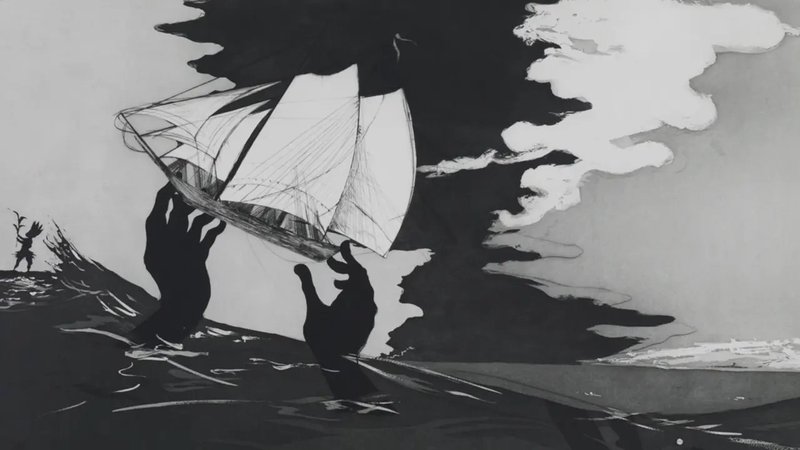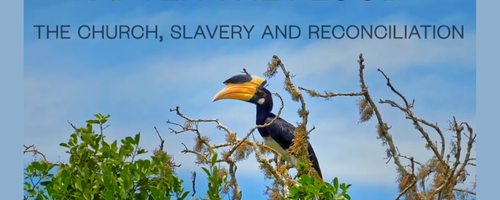13 September 2024
Entangled Pasts and Presents - responding to the legacy of transatlantic traffic in enslaved Africans
Earlier this year I visited an exhibition called Entangled Pasts. The exhibition brought together famous works drawn from the collections of the Royal Academy, with contemporary paintings, sculptures and installations by British artists of African, Caribbean and South Asian diaspora.

What happens when you put works that helped to exoticise images of Black people, or presented idealised pictures of white beauty, alongside modern works that challenge those images and the colonialism that underpinned them? Or when an image used on a pro-slavery text is repurposed to become a hopeful image of resistance? Or when eighteenth century pictures of Black people are uncovered from the Royal Academy’s own historical collection, and images of modern day refugees are represented by the driftwood they encounter on the beaches from which they are trying to escape?
Seeing these works alongside each other was a jarring and profound experience, helping me to see in different ways how entangled our pasts and presents are. Art has played a significant role in shaping the narratives of empire and enslavement, as well as resistance and abolition.
Our various pasts will always be entangled. And as people we will always – thank God! – be entangled with each other. Trying to understand the legacies of slavery, as a white person, is for me partly about coming to terms with that scale of entanglement, through time and space, across generations, as I repent for it. Between the mid-seventeenth and early nineteenth century, Britain transported an estimated 3.1 million Africans to British colonies in the Caribbean, North and South America and other countries. Many of them died before arriving; those who survived the journey lived and died in conditions of extreme cruelty and exploitation.
As the President and Vice-President of the Conference have written, “The transatlantic slave trade was a crime against humanity.” It was not just an historical event. Slavery enabled Britain to generate unprecedented wealth from which our society still benefits today. Yet it is also entangled with the financial, health and educational disadvantages, racism and trauma that people with enslaved ancestors experience in the Caribbean, Americas, Africa and Britain today.
The writer, James Baldwin, said, “not everything can be transformed, but nothing can be transformed unless it is faced”.
How do we face the legacies of the slave trade?
The Methodist Conference has asked our Church to consider how to respond to the lasting damage caused by the transatlantic traffic in enslaved Africans. Many institutions are currently examining the direct or indirect benefit to them from the slave trade, and the Methodist Church is starting doing the same.
As we begin this work, we are all invited to have conversations about our entangled pasts. Starting in Black History Month in October 2024, Methodist churches are invited to show the film “After the Flood - the Church, Slavery and Reparations” and begin a conversation about responding to the lasting damage caused by the transatlantic traffic in enslaved Africans.
The film, produced by the Movement for Justice and Reconciliation, looks at the Christian roots of the enslavement of people. A short booklet, produced by the Methodist Church, sets the film within a Methodist historical context, and offers prayers and prompts for conversation.
Rachel Lampard
Director of Social Justice and Social Action

After the Flood
Information on how you can get hold of a downloadable copy of the booklet, organise a free showing of the film, and send in your response afterwards